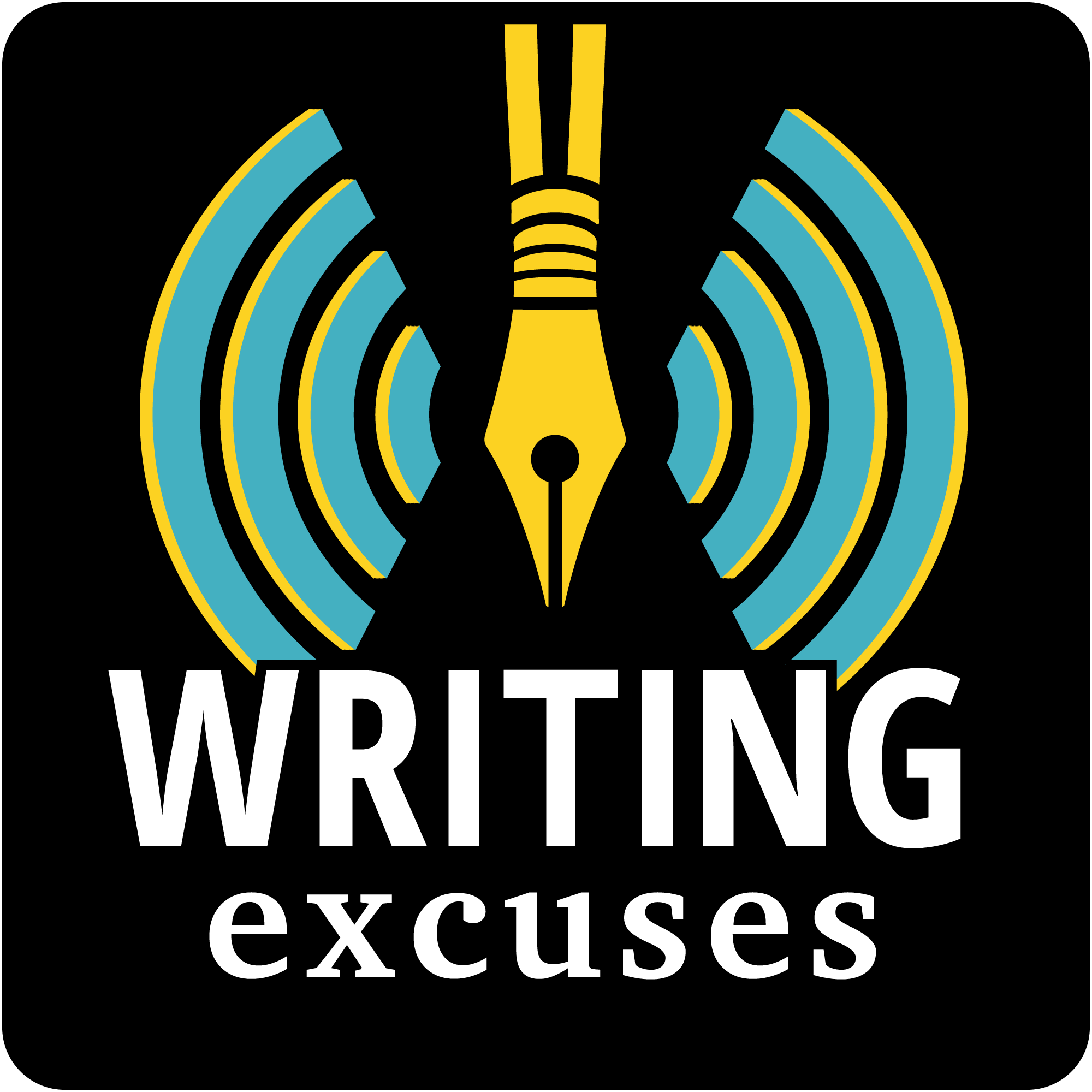Your Cast: Brandon, Valynne, Dan, Howard You had questions about heroes, villains, and main characters. We have answers! Here are the questions: Liner Footnotes¹ We hadn’t seen “ass-pull,” the a nouning² of the idiom “pull it out of your ass³” as a noun before. ² Bill Watterson gave us the verb form…
Fifteen minutes long, because you're in a hurry, and we're not that smart.

